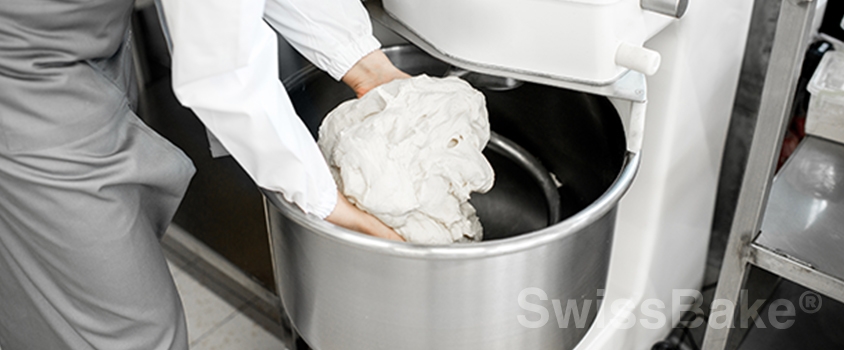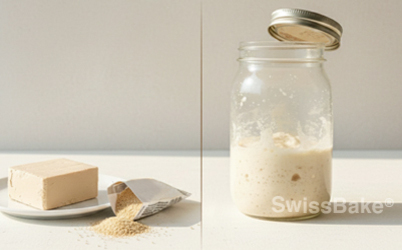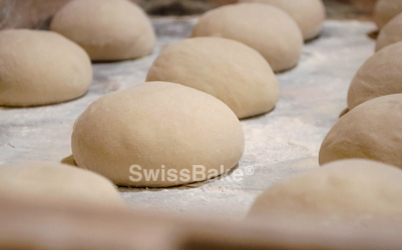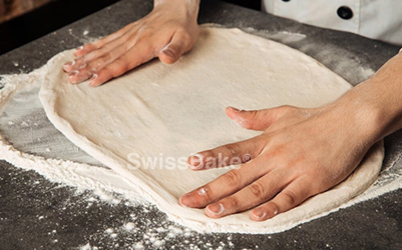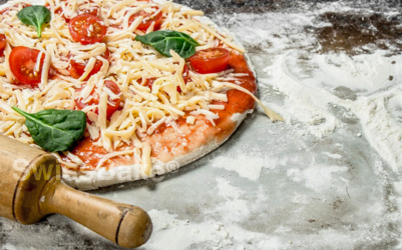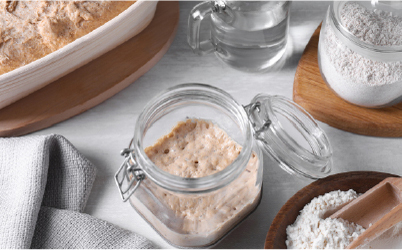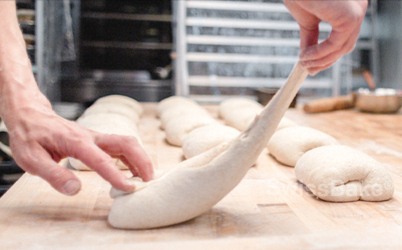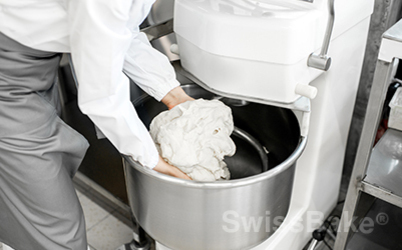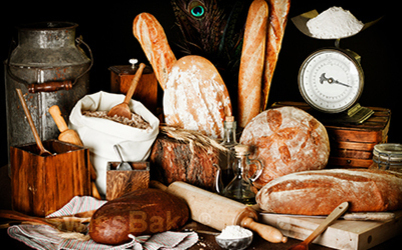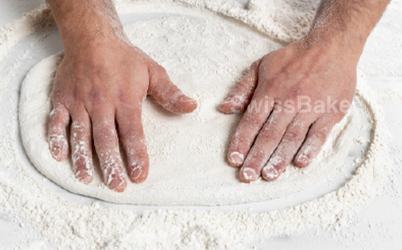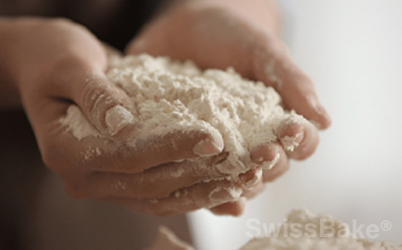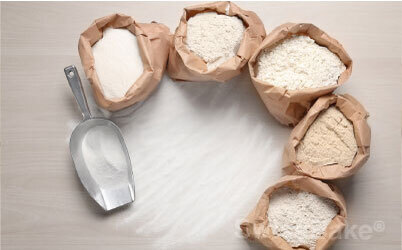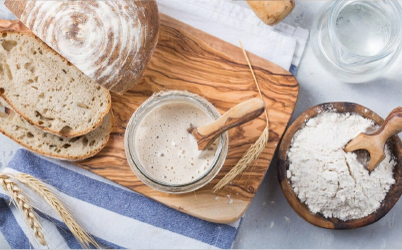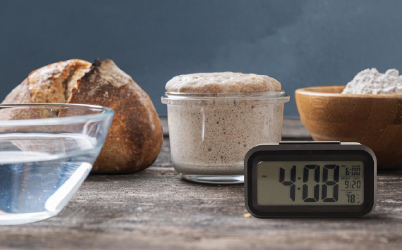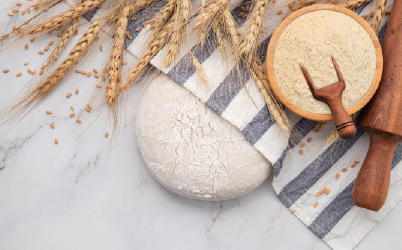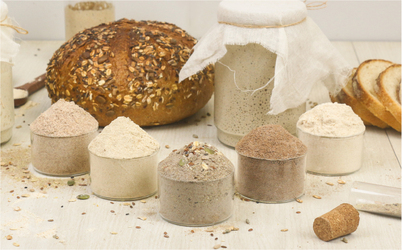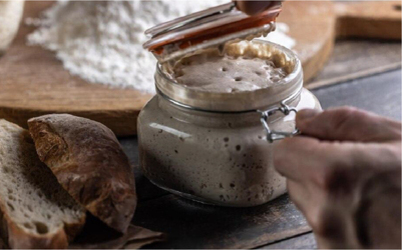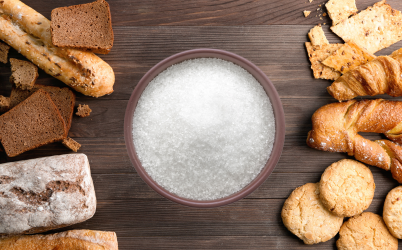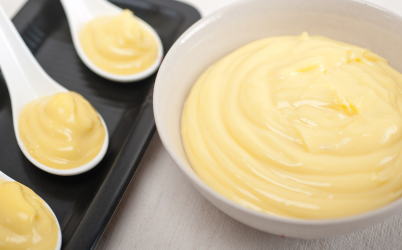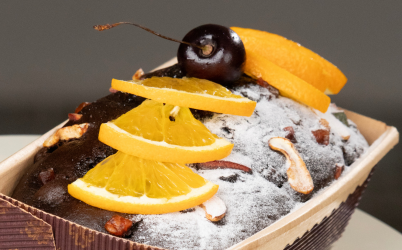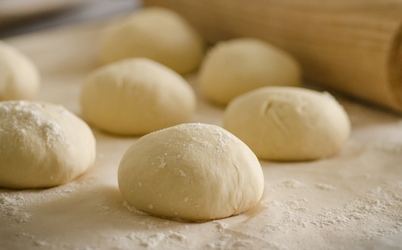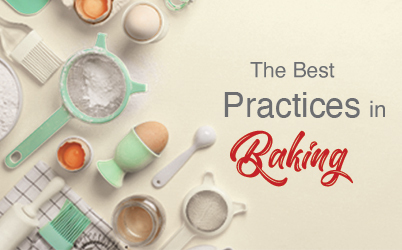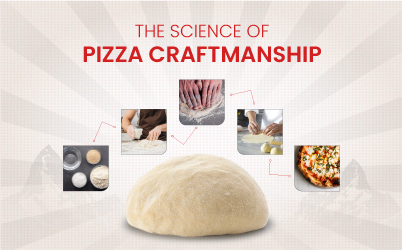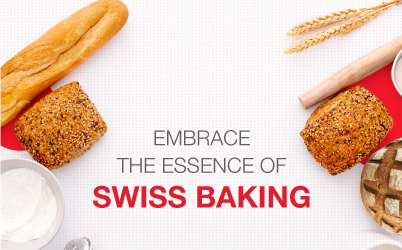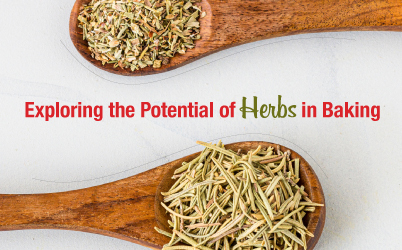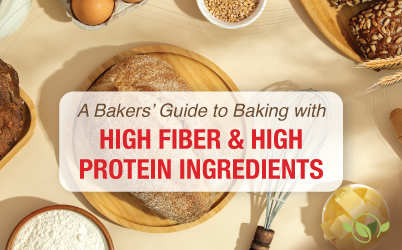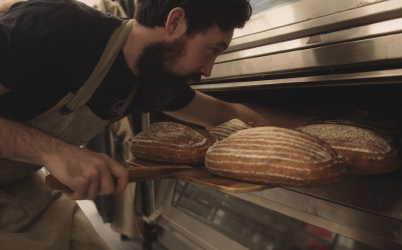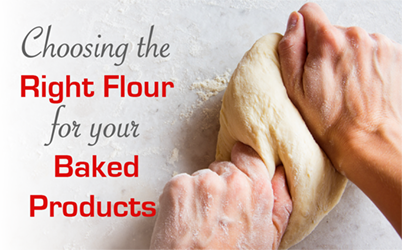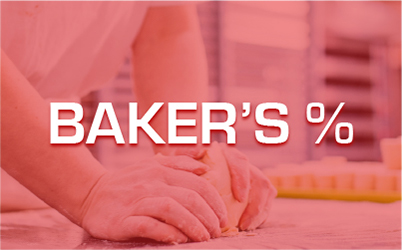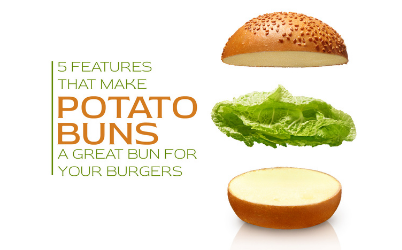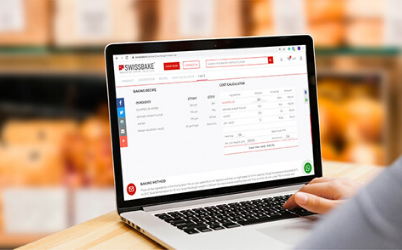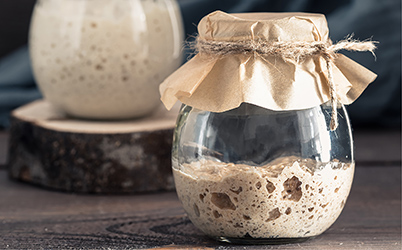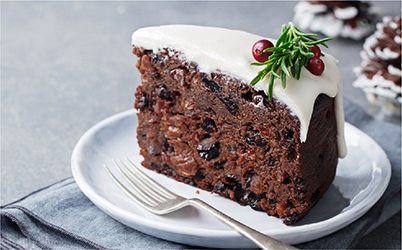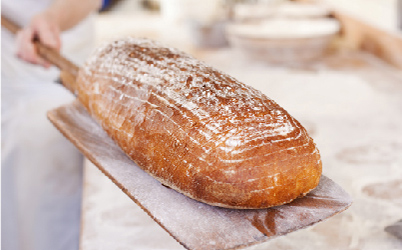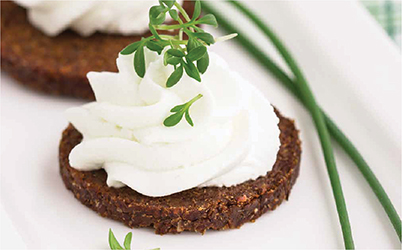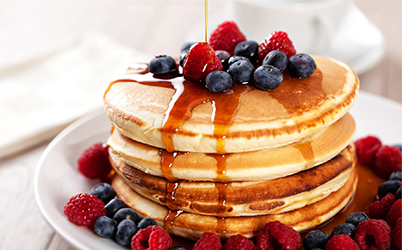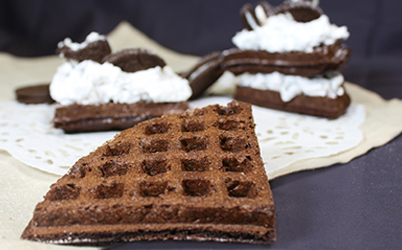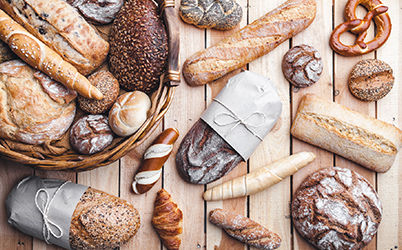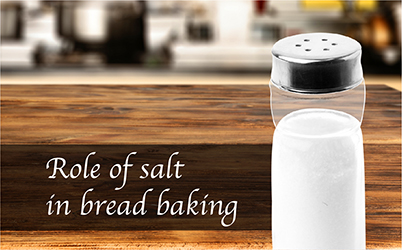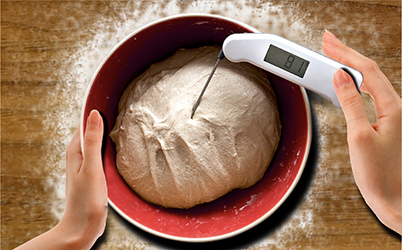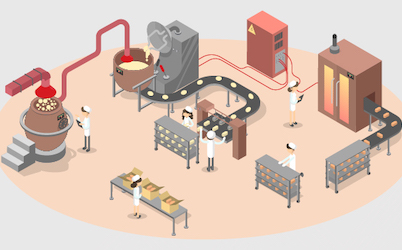Mastering High Hydration Doughs: A Guide for Professional Bakers
In this article, we understand the science and art of high hydration doughs. You’ll learn what defines a high hydration dough, how to work with it in production environments, and how ingredients and process adjustments can help you maintain consistency and quality.
What is a High Hydration Dough?
Hydration in dough is calculated as the ratio of water to flour, typically expressed as a percentage. Most standard hydration ranges between 60% to 70%, while high hydration doughs range from 75% to over 90%.- 60–65% hydration: standard for sandwich breads
- 70–80% hydration: typical for artisan loaves
- 80%+ hydration: ideal for ciabatta, focaccia, and some sourdough loaves
- Open, irregular crumb structures
- Delicate crusts with blistered finishes
- Increased flavor complexity due to longer fermentation
- Increased extensibility and reduced dough strength
Key Applications of High Hydration Doughs
High hydration doughs are increasingly popular in:- Artisan sourdough loaves
- Ciabatta and focaccia
- Neapolitan-style pizzas
- Rustic baguettes and country breads
Why Use High Hydration Doughs?
1. Open Crumb Structure: The additional water allows gluten strands to stretch further during fermentation and proofing, leading to the classic airy interior.2. Enhanced Flavor: More water means longer fermentation times are required, which naturally enhances aroma, acidity, and depth.
3. Improved Crust Texture: High hydration levels create a thin, crisp crust—especially when baked in steam-injected ovens.
4. Moisture Retention: These doughs stay soft and fresher longer due to higher internal moisture content.
Challenges with High Hydration Doughs in Professional Settings
Despite the benefits, high hydration doughs are notoriously difficult to handle, especially at scale.Key challenges include:
- Dough stickiness during mixing, shaping, and dividing
- Weak gluten network in underdeveloped dough
- High risk of over proofing
- Difficulty in automated processing
Techniques for Handling High Hydration Doughs
1. Use Autolyse for Gluten Development
An autolyse stage—where flour and water are mixed and rested before salt and yeast are added—can help build dough structure without over-mixing. It allows for better water absorption and dough extensibility.2. Prefer Stretch and Fold Over Traditional Kneading
High hydration doughs benefit from gentle strengthening techniques such as stretch-and-fold during bulk fermentation rather than machine mixing, which can tear fragile gluten structures.3. Chill Dough During Handling
Temperature control is critical. Slightly cooler doughs (20–22°C) are easier to handle and shape. Retarding the dough also improves flavor and structure.4. Use Wet Hands and Surfaces
Instead of flouring your hands and workbench (which alters hydration), use lightly oiled or wet surfaces for shaping and dividing.5. Bake with Steam and on High Temperatures
Instead of flouring your hands and workbench (which alters hydration), use lightly oiled or wet surfaces for shaping and dividing.Tools That Help in Handling High Hydration Doughs
- Plastic scrapers for gentle movement
- Dough tubs or bins for bulk fermentation
- Bench flour or semolina to prevent sticking
- Non-stick silicone mats for shaping
- Scoring knives or lames to guide oven spring
Ingredient Support for High Hydration Doughs
Use the Right Type of Professional-Grade Flour
Select flours with higher protein content (12.5%–14%) to support the added water. SwissBake’s strong bread flours or pizza flours offer excellent tolerance for high hydration formulas.Incorporate Functional Bakery Ingredients
Functional additions can dramatically improve handling:- Vital wheat gluten: Boosts dough strength and elasticity
- Enzyme-based improvers: Support fermentation and extensibility
- Pre-gelatinized starches: Improve water retention and reduce stickiness
- Dehydrated sourdough powders: Enhance flavor without increasing fermentation risk
Adapting High Hydration Doughs for Large-Scale Production
When producing thousands of loaves or focaccias per day, artisan techniques need to adapt.
Use Batch-Based Mixing Systems
Opt for spiral or double-arm mixers designed to handle soft doughs. Avoid overmixing—high hydration doughs are prone to tearing.
Automate with Care
Use automated handling systems with non-stick belts or Teflon-coated surfaces. Consider cold-proofing and slow fermentation to accommodate machine timing and labor schedules.
Temperature Monitoring is Key
Install temperature sensors in your proofing chambers and fermentation rooms. Even slight temperature fluctuations can affect the outcome of high hydration doughs.
Commercial Adaptation: From Artisan Bench to Central Kitchen
Scaling high hydration doughs is difficult but not impossible. With proper SOPs and standardized formulations, even central kitchens can offer handcrafted-style products.
Strategies:
- Use pre-mixes that support high water absorption
- Automate cold retardation and timed fermentation
- Incorporate fermented flour or dehydrated sourdough to boost flavor
- Use divider-rounders with non-stick silicone coating
SwissBake’s professional mixes are designed to support machinability while retaining open crumb structures, helping brands scale without sacrificing quality.
Conclusion: A Skill Worth Mastering
High hydration doughs are not just a trend—they’re a pathway to unlocking premium textures, flavors, and finishes in bakery products. While they present handling and scalability challenges, the results are well worth the effort when approached with knowledge and strategy.
By combining traditional dough-handling techniques with smart ingredient use and modern process controls, bakers can produce consistently outstanding high hydration breads, even in large-scale operations.
Whether you’re making focaccia in a fine-dining restaurant or sourdough loaves in a commercial bakery, SwissBake’s portfolio of functional flours, improvers, and sourdough blends can help you achieve precision and authenticity in every bake.

